If there is any single axiom I live by when it comes to making art, it is this: “Do not covet your ideas. Give away everything you know, and more will come back to you.”
“Do not covet your ideas. Give away everything you know, and more will come back to you.”
– Paul Arden
I came across this quote in Paul Arden’s 2003 book “It’s Not How Good You Are, It’s How Good You Want To Be.” Arden’s wisdom comes from his years as a creative director in advertising, and in this book, he offers his lessons learned as business advice. Nevertheless, the book struck a chord with me. He seemed to be addressing the exact point where the creative process sometimes halts, at its intersection with ambition and our desire for recognition.
Making art in a competitive world encourages a scarcity mindset, one that pits each artist against the other under the false pretense that there are a limited number of ways to be an artist and to make art. It makes it easy to treat every idea we get as precious — a secret killer to creative growth.
Anyone who keeps a creative practice will tell you that it comes with a fair amount of fear: Fear of failure, fear of criticism, fear of running out of ideas or talent or drive, of sitting down one day to your work and finding that the well has run completely dry.
“Making art now means working in the face of uncertainty,” write David Bayles and Ted Orland in their 2001 book “Art & Fear.” “It means living with doubt and contradiction, doing something no one much cares whether you do, and for which there may be neither both audience nor reward.”
“Making art is hard. It takes time and practice, sometimes a lot of money, energy, and space, not to mention the willingness to fail repeatedly.”
Making art is hard. It takes time and practice, sometimes a lot of money, energy, and space, not to mention the willingness to fail repeatedly. It’s easy to give up, and many people do. It’s easier to indulge in endless TV or scroll on your phone at the end of a long day, or to sleep in the next morning instead of dragging yourself to your workshop, computer, or studio. And sometimes, the frozen, panicked prospect of facing a blank page is enough to stop you from even trying.
Because to make something, you have to have an idea, right? Where do these come from? How do you keep them? How do you know how to use them? And how can you be sure that you’ll keep having more?
I have found there is only one way to answer any of these questions, and it is this: By giving all of your ideas away.
Why You Should Never Hoard Your Ideas
Arden says, “The problem with hoarding is you end up living off your reserves. Eventually, you’ll become stale.”
Hoarding is a fear-based act. It’s a habit developed whether because you have been taught to jealously compete with everyone around you, or simply because you feel like good ideas are precious and rare things, needing to be safely stored and protected. Both of these impulses, while understandable, are at direct odds with a healthy creative practice.
The problem is in the verbiage itself: To keep, to hoard, to stock and carefully guard, all are words that conjure musty, dark spaces piled with unused and untouched treasures.
“If you give your ideas away, you are practicing a powerful regenerative act of faith.”
Occupying this dusty space is stifling. It pulls in on itself, preventing growth, and limiting movement.
Rick Rubin compares the idea-generating process to a river: “A river of material flows through us. When we share our works and our ideas, they are replenished. If we block the flow by holding them all inside, the river cannot run and new ideas are slow to appear.”
If you give your ideas away, you are practicing a powerful regenerative act of faith. Not only are you emptying your coffers and forcing yourself to constantly refill them, but you are also teaching yourself to trust that process. You are choosing to believe in your ability to create again.
What Does It Mean to “Give Them Away”?
I take the directive to give my ideas away literally, and follow it every way I can interpret it: I share my ideas with everyone, even other artists who might use them. I brainstorm with friends and am generous with my energy and thoughts. But most of all, I just act on all of my ideas as much as possible, quickly, and without too much concern about perfection.
“Anything you do not give freely and abundantly becomes lost to you. You open your safe and find ashes.”
– Annie Dillard
Annie Dillard said it best, so I’ll let her tell you: “Do not hoard what seems good for a later place in the book, or for another book; give it, give it all, give it now. The impulse to save something good for a better place later is the signal to spend it now. Something more will arise for later, something better. These things fill from behind, from beneath, like well water. Similarly, the impulse to keep to yourself what you have learned is not only shameful, it is destructive. Anything you do not give freely and abundantly becomes lost to you. You open your safe and find ashes.”
Here, Dillard is saying that putting an idea on hold for some unnamed future ideal can kill the idea itself. Instead of fearing that this idea could be your last, harness its vitality, and spend it right away so you can be open to your next idea.
In my experience, the death of the idea also happens when you are afraid of talking about your work. Sharing your ideas with others will beget exactly that: an exchange of knowledge, experience, or perspectives that, had you chosen to stand sentry in jealous isolation over your tiny hoard, you would never have gained access to. The fear of others “stealing” from you puts a lot of stock in the notion that your idea is completely original (it probably isn’t!), or that originality in and of itself is art’s only measure of value (it definitely isn’t!).
Be generous; believe that what you give will come back to you ten times over. Your art and life will only be better for it.
The Idea Is Not the Art
“Where do you get your ideas?” is one of the most common questions audiences put to writers during Q&As. “What a funny question, as if there’s an idea tree that gives fruit,” the writer Larissa Pham wrote in the Paris Review. Ursula K. Le Guin called the question unanswerable in a 1987 essay by the same name, saying that it assumed two myths about how fiction is created: “First myth: There is a secret to being a writer. If you can just learn the secret, you will instantly be a writer; and the secret might be where the ideas come from. Second myth: Stories start from ideas; the origin of a story is an idea.”
These are myths because they hinge on the mistaken assumption that an idea alone is enough to be art itself. But the art is the thing: the story, the music, the dance, the painting, whatever the made, crafted thing is that was created by an ordinary person engaging with the idea.
“Art comes from showing up to the materials even when your brain is mush, even when you have nothing in mind.”
“The more I think about the word ‘idea,’ the less idea I have what it means,” says Le Guin. “I think this is a kind of shorthand use of ‘idea’ to stand for the complicated, obscure, un-understood process of the conception and formation of what is going to be a story when it gets written down.” There is so much pressure on the idea perhaps because many people don’t understand the reality of creative work. Because art can be so powerful, it’s easy to believe certain mythologies around how it comes to be, especially myths as compelling as that of “the muse.”
There is a whole romanticized tradition of the artist waiting on the lightning strike of inspiration to hit before feverishly taking to their masterpiece, but every creative person I know will tell you that the truth is much less glamorous: Art comes from the tedious, regular, dedicated grind of a practice. This means writing 1000 words a day even if every sentence is destined for the trash, or drawing from life for one hour every morning, even when all there is to draw are the empty coffee cups in the recycling bin.
Art comes from showing up to the materials even when your brain is mush, even when you have nothing in mind, far before you know what is going to happen when you start to work. You show up anyway because you know that at some point, sometimes when you least expect it, the good stuff shows up too.
Pay Attention and Use It All
Rather than waiting for the perfect idea, most artists pick up inspiration everywhere, all the time, simply by honing their ability to pay attention. “You get ideas from daydreaming,” says Neil Gaiman. “You get ideas from being bored. You get ideas all the time. The only difference between writers and other people is we notice when we’re doing it.”
You can be your own muse, creating your own magic, simply by learning to pay attention and committing to showing up for your practice. “Making art is a common and intimately human activity,” Bayles and Orland write. “The difficulties artmakers face are not remote and heroic, but universal and familiar.”
Don’t be intimidated by the idea: whether you’re waiting for the perfect one, or you think it’s been done before, or whatever other story the fear in your head is telling you. It’s not the idea, but what you do with it, that matters — and there are no limits to how many times you can try!
“Trust that you will continue to generate new ideas by showing up to your practice even when you’re empty.”
“Spend it all, shoot it, play it, lose it, all, right away, every time,” Annie Dillard says. Trust that you will continue to generate new ideas by showing up to your practice even when you’re empty. Play fast and loose with ideas, without fear, and put that energy right back into your practice, over and over again.
My husband, who is also a writer, is the first person I turn to when I feel that lightbulb go off and I’m buzzing, caught up in that first electric rush of energy about a new idea. I come running into his office, bursting about how I think a scene should go, or how I’m going to maneuver a character out of a weird problem I’ve put them in. He always nods, politely unimpressed.
“Let’s see it on the page,” he says. It’s a loving reminder that it’s only there, in the work we create, where an idea can take on any real magic at all.
Stephanie H. Fallon is a writer originally from Houston, Texas. She has an MFA from the Jackson Center of Creative Writing at Hollins University. She lives with her family in the Blue Ridge Mountains of Virginia, where she writes about motherhood, artmaking, and work culture. You can find her on Instagram or learn more on her website.
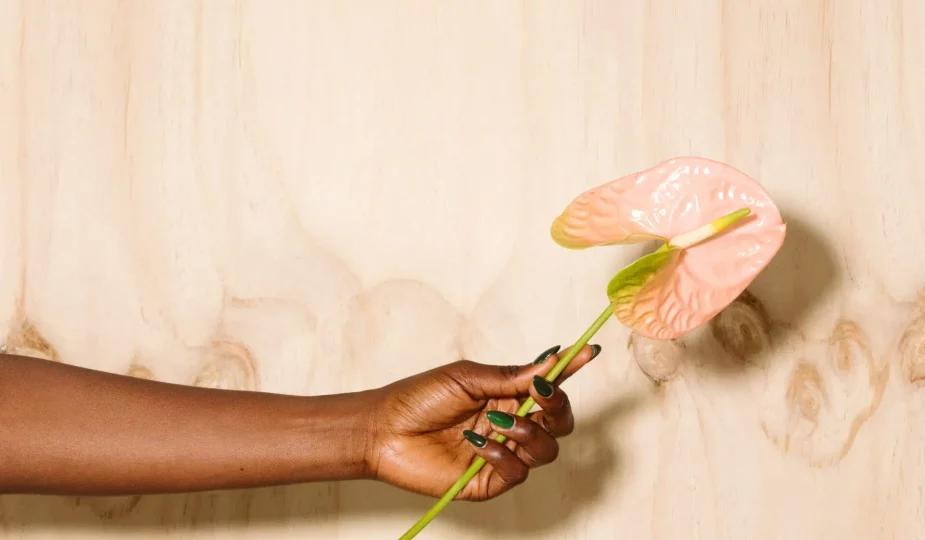
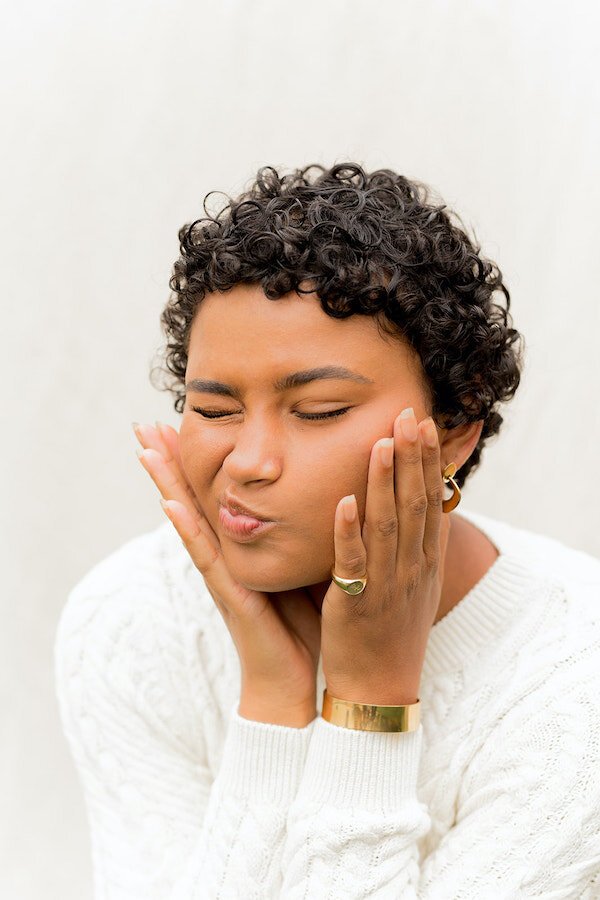
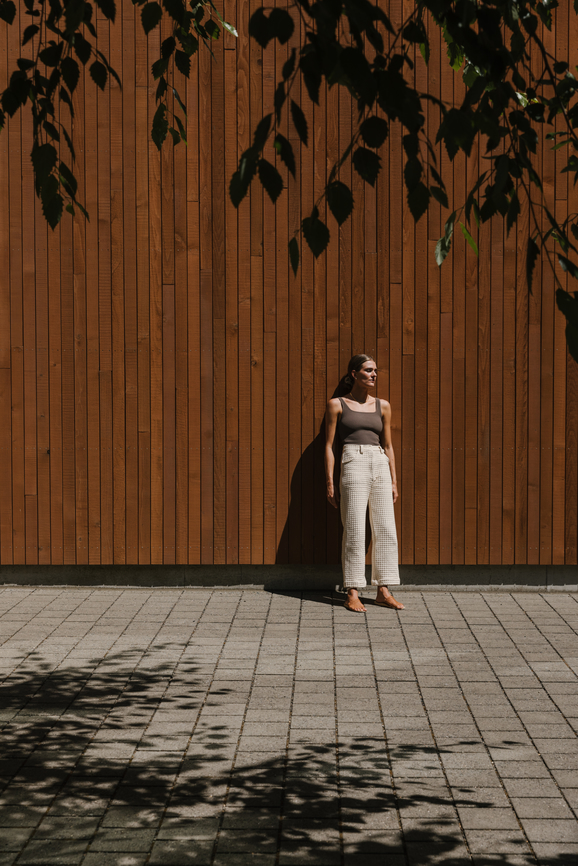
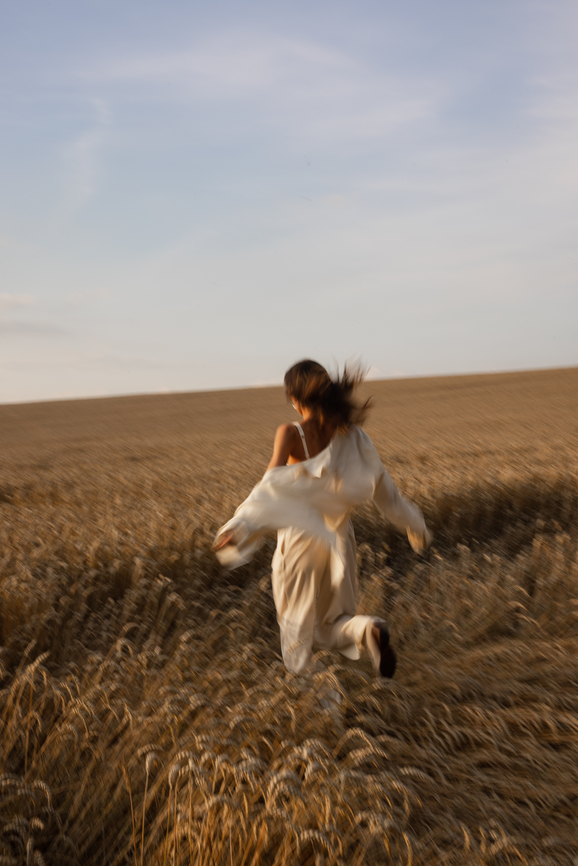
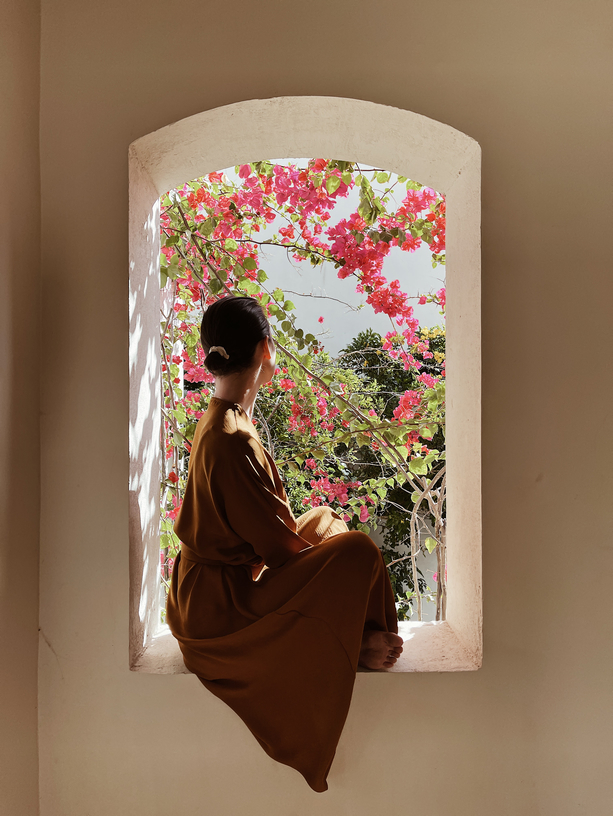




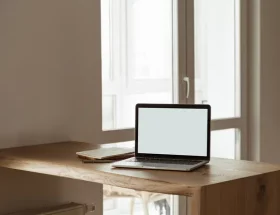
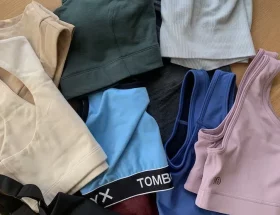
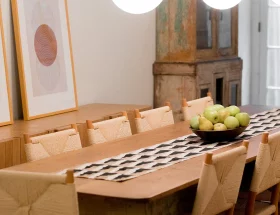
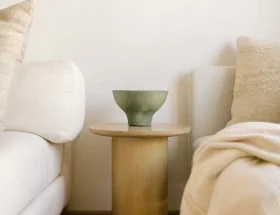




I don’t think the title of your article matches the content lol. Just kidding, mainly because I had some doubts after reading the article.
Your point of view caught my eye and was very interesting. Thanks. I have a question for you.